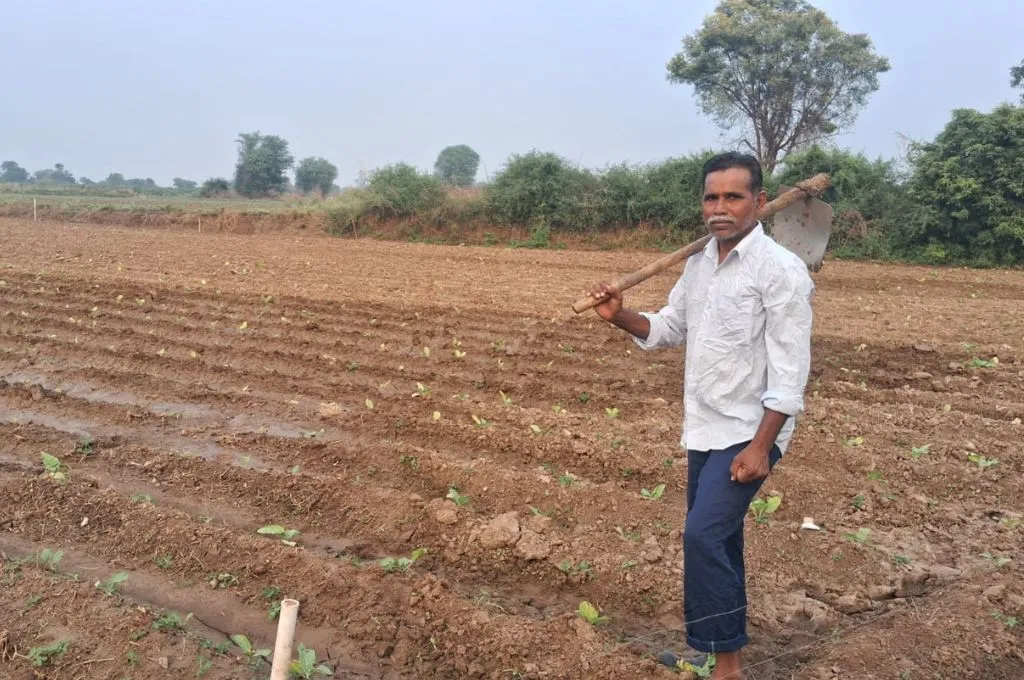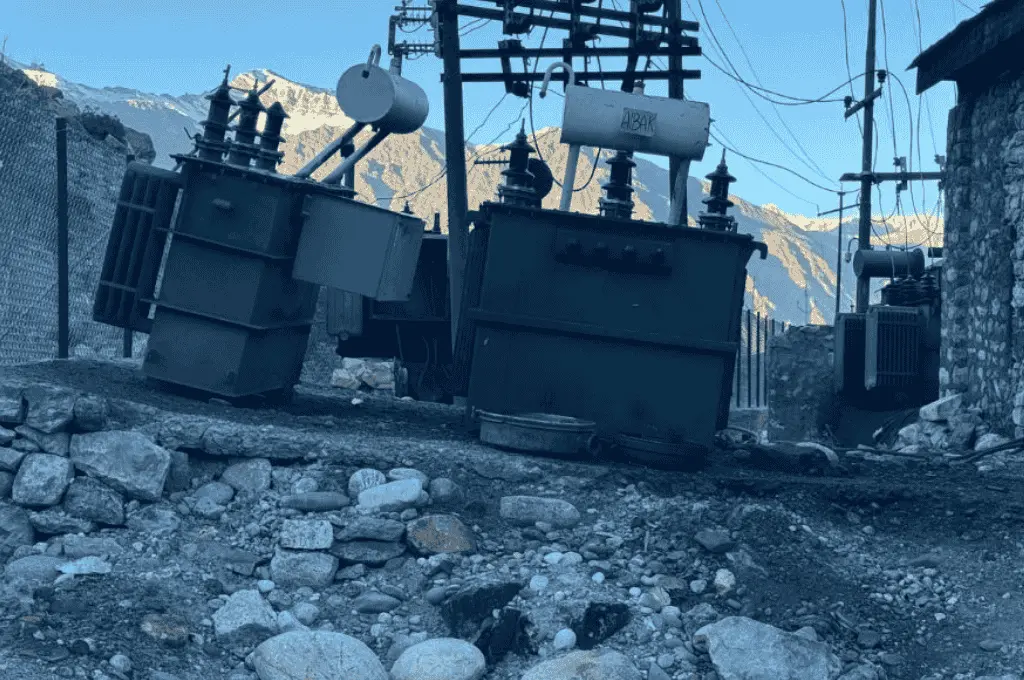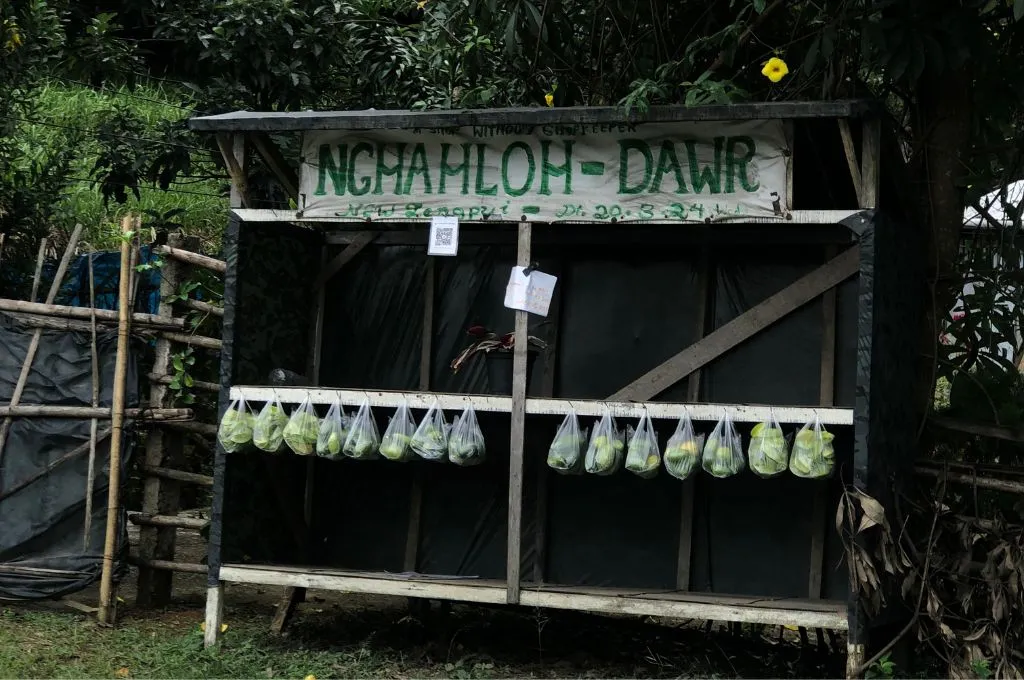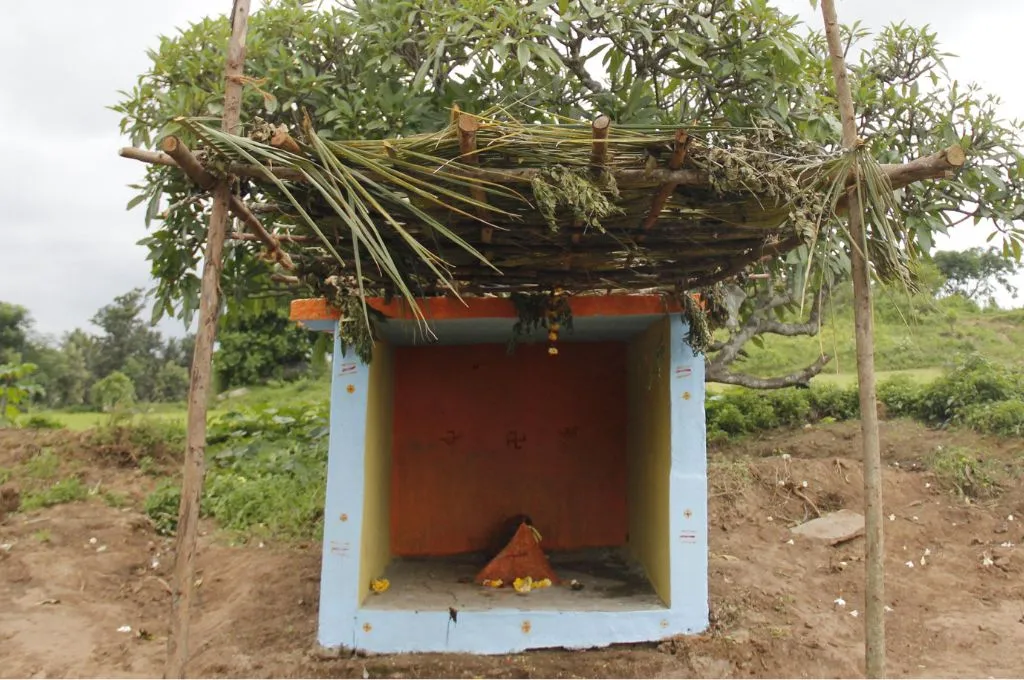READ THIS ARTICLE IN
Mining affects dairy farmers’ income in Chhattisgarh
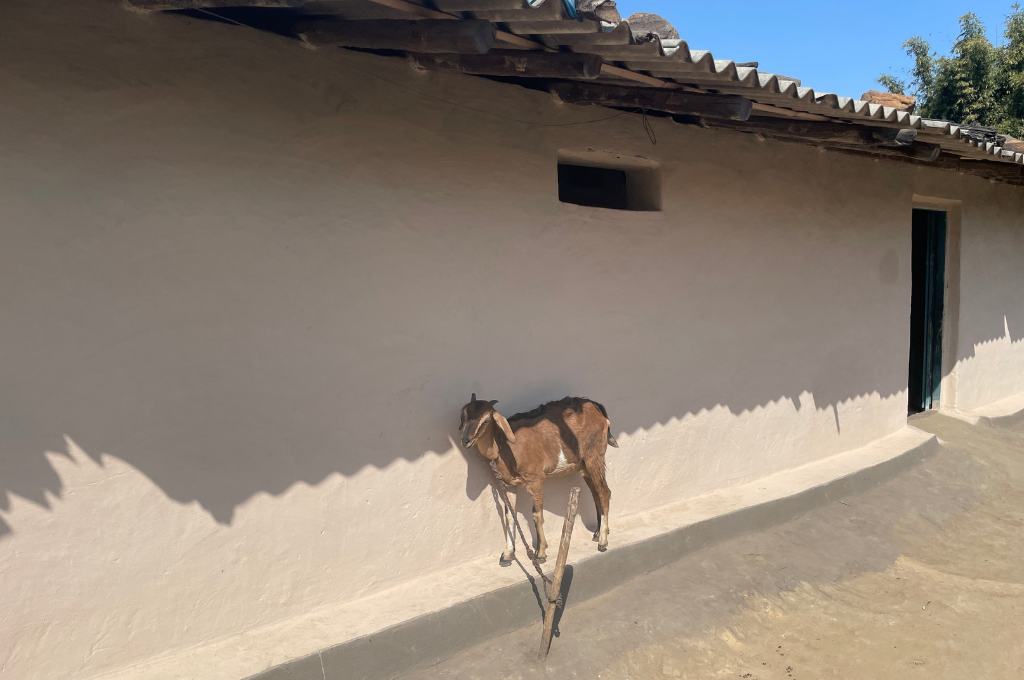
I live in Pelma village in Chhattisgarh’s Raigarh district, where I practise agriculture and livestock farming. In the past few decades, coal mines have been set up in most of the neighbouring villages. Mining companies acquired land for this purpose, which means people have had to give up farms while being forced to live in an extremely polluted environment.
Ours is one of the few villages that have successfully managed to resist mining through mobilisation, court cases, and protests. The companies say that they will provide us jobs, but we see no benefit in this. They will employ one person from a family, but farming already employs each and every member in our village.
However, we bear the brunt of living in the vicinity of the mines. Our vegetation is polluted. When our livestock graze for fodder, they consume toxic materials that are making them prone to illnesses and diseases. The cattle and goat now produce less milk than they used to. This means that dairy farmers like me aren’t making enough money. Further, cracks are developing in the walls of our houses because of frequent mining blasts.
Mahashay Rathia is a member of Jan Chetna, Raigarh, a sangathan (people’s collective) based in Pelma village, Chhattisgarh. She is also a livestock farmer.
—
Know more: Learn how mining affects old Adivasi women in Chhattisgarh.

